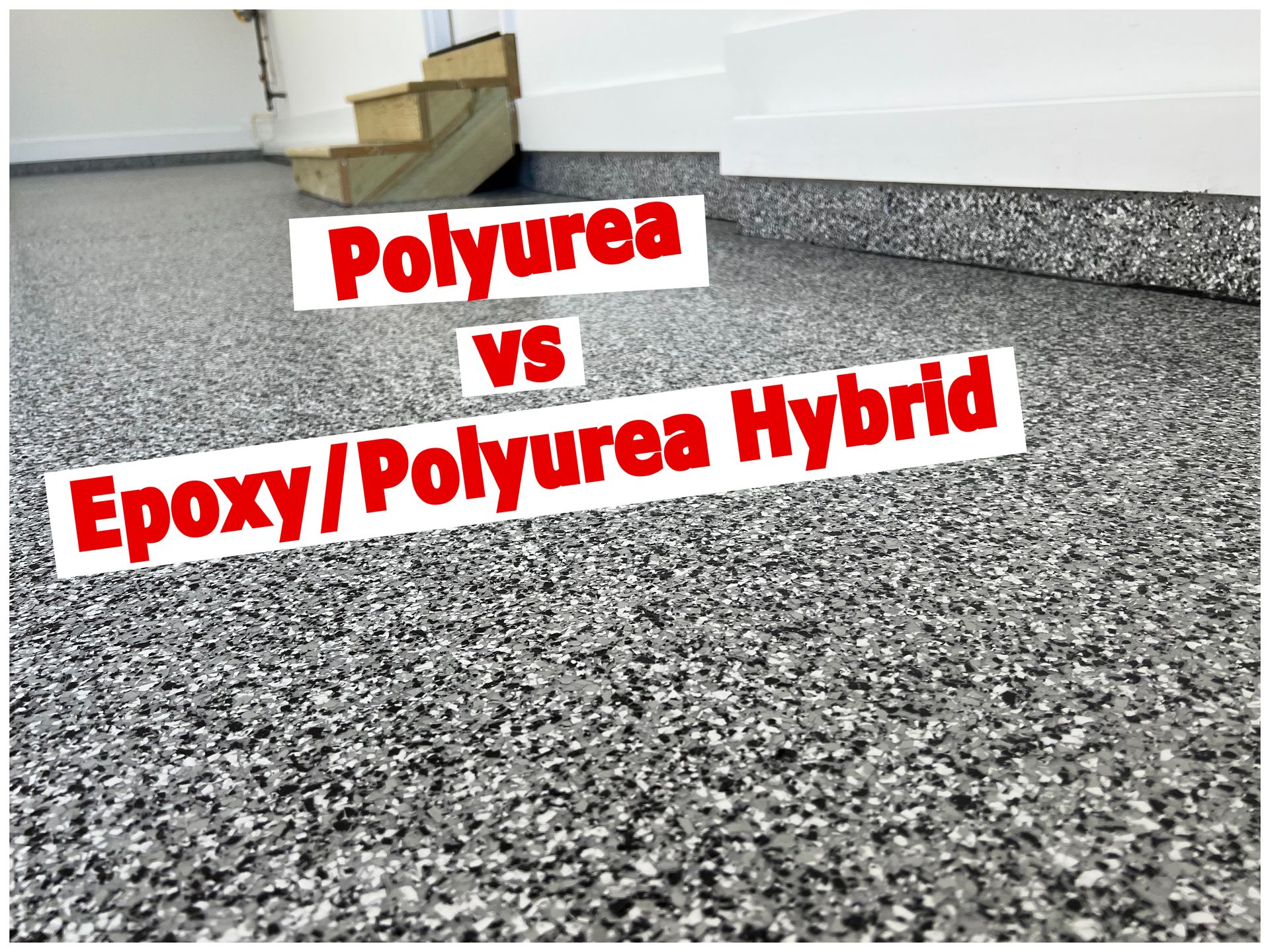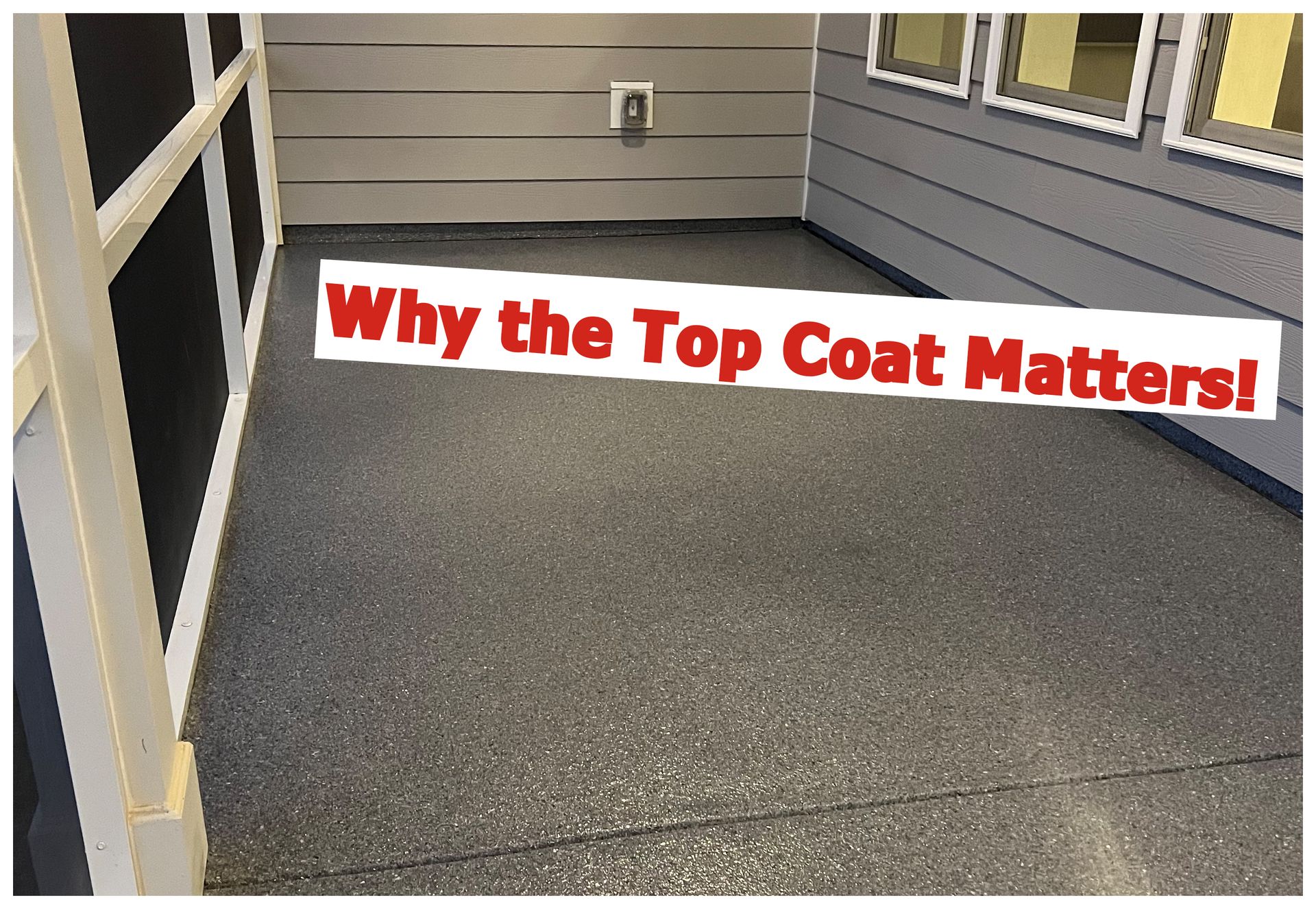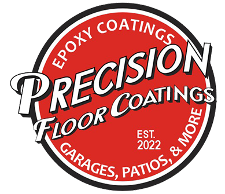Polyurea vs. Epoxy/Polyurea Hybrid: Why the Hybrid System Delivers Superior Results
The Best of Both Worlds? Hybrid is here!
When it comes to concrete floor coatings, understanding the differences between polyurea and an epoxy/polyurea hybrid system is essential. While polyurea alone has its merits, hybrid systems take things to the next level by blending the best properties of epoxy and polyurea into one cohesive solution. Add a built-in moisture vapor barrier to the equation, and you’ve got a floor coating system that’s leagues ahead in durability, performance, and versatility.
Here’s a closer look at the differences between polyurea and epoxy/polyurea hybrid systems—and why the hybrid is the smarter choice.
1. Strengths of Polyurea: Speed and Flexibility
Polyurea is often celebrated for its rapid curing time and superior flexibility. This material is highly elastic, which allows it to absorb movement from the underlying concrete. It’s also resistant to chemical spills and abrasions, making it a popular choice for industrial and garage applications.
However, polyurea on its own does have its limitations:
- Substrate Imperfections : Polyurea can sometimes struggle to adhere well to imperfect or highly porous concrete surfaces.
- Moisture Sensitivity : Without added protection, it doesn’t handle high moisture vapor emissions (MVE) from concrete slabs.
- Workability Challenges : Polyurea’s quick cure time leaves little room for adjustments, which can make the application process less forgiving.
2. How the Epoxy/Polyurea Hybrid Solves These Issues
An epoxy/polyurea hybrid combines the strength and adhesion properties of epoxy with the flexibility and durability of polyurea , creating a system that’s greater than the sum of its parts. Here’s how the hybrid addresses the limitations of pure polyurea:
Enhanced Adhesion
Epoxy has a longer working time, which allows it to penetrate deeply into the pores of the concrete. This creates an exceptionally strong bond with the substrate. By using epoxy as the base layer in the hybrid system, the foundation of the coating is rock-solid and capable of withstanding heavy traffic and impacts.
Flexibility Meets Rigidity
While epoxy provides the rigidity needed for structural strength, polyurea adds the flexibility to handle expansion and contraction of the concrete. This hybrid approach minimizes the risk of cracking or peeling over time, even in environments with temperature fluctuations.
Moisture Vapor Barrier Built In
Concrete slabs naturally emit moisture vapor, and if this vapor isn’t controlled, it can lead to blistering, delamination, and other coating failures. The materials used in our epoxy/polyurea hybrid system include a moisture vapor barrier (MVB) built right into the base layer. This barrier prevents moisture from compromising the coating, making it ideal for areas with high humidity or moisture-prone concrete.
3. Better Results with a Hybrid System
The combination of epoxy and polyurea in a hybrid system offers unmatched performance benefits:
Durability
With epoxy forming a robust base and polyaspartic adding a tough, protective top layer, hybrid systems are built to handle heavy wear and tear. They’re perfect for garages, warehouses, showrooms, and even outdoor spaces.
UV Stability
Polyaspartic topcoats are UV-resistant, preventing yellowing and discoloration over time. This makes the hybrid system ideal for spaces exposed to natural light, like patios and driveways.
Chemical Resistance
The polyaspartic top layer is highly resistant to chemicals, oils, and stains, while the epoxy base layer ensures the coating remains firmly bonded to the concrete.
Fast Turnaround Time
The hybrid system cures faster than traditional epoxy-only coatings while maintaining workability during application. A quick curing process allows for quicker project completion without sacrificing quality.
Aesthetic Appeal
Hybrid systems provide a flawless, glossy finish that enhances the appearance of decorative elements like flakes or metallic pigments. The polyaspartic topcoat ensures the finish stays clear and vibrant for years.
4. Built-in Moisture Protection: A Game-Changer
Moisture issues are a common cause of coating failure, but our epoxy/polyurea hybrid system eliminates that risk. By integrating a moisture vapor barrie r into the materials, our system ensures the coating can handle moisture emissions up to 15 pounds per 1,000 square feet per 24 hours (depending on the product used).
This makes the hybrid system ideal for:
- Basements
- Warehouses with unsealed concrete
- High-humidity regions
- Older concrete slabs with unknown moisture conditions
Why Choose the Hybrid System?
When comparing polyurea alone to an epoxy/polyurea hybrid system, the hybrid stands out as the superior choice. It delivers the best of both worlds: epoxy’s adhesion and strength combined with polyaspartic’s flexibility, durability, and UV stability. Plus, the built-in moisture vapor barrier ensures long-term performance and reliability, even in challenging environments.
Final Thoughts
If you’re looking for a floor coating system that can handle anything life throws at it, the epoxy/polyurea hybrid with a built-in moisture vapor barrier is the clear winner. It’s durable, versatile, and designed to last—making it the perfect solution for residential, commercial, and industrial spaces alike.
Invest in a coating system that doesn’t just meet expectations but exceeds them. Choose the hybrid system for unmatched results.




Share On: